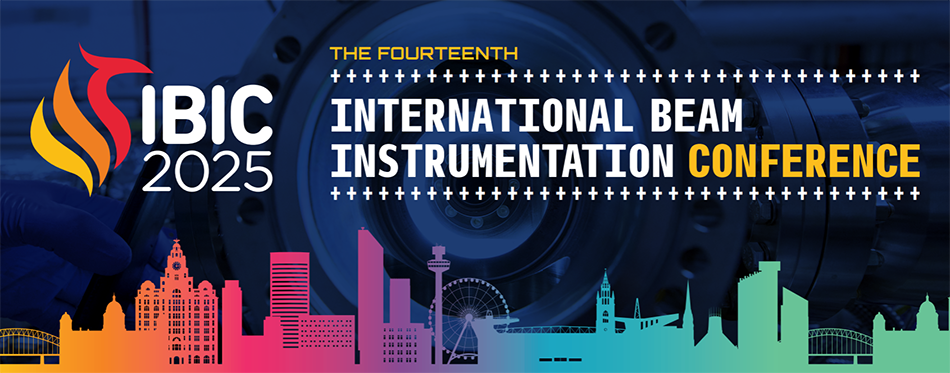Speaker
Description
At the Paul Scherrer Institute (PSI), a minimally invasive wire scanner with sub-micrometer spatial resolution has been developed with a twofold objective: enabling real-time monitoring of the SwissFEL (Free Electron Laser) electron beam transverse size during lasing operation while also paving the way for a new generation of customizable wire scanners. These scanners are designed to be suitable for low and ultra-low emittance beams highly demanded by FEL developments and advanced acceleration concepts.
Building on previous experience, nanotechnology has been further explored, utilizing photolithography to fabricate low-stress silicon nitride (Si₃N₄) wires suspended on a C-shaped silicon fork. Each fork hosts two perpendicular wires, allowing for the reconstruction of the beam profile in both the x and y directions. The wires are 2,4 and 6 µm wide and only 200 nm thick, and their length is tailored to match the SwissFEL beam clearance.
Several prototypes have been successfully produced and installed at SwissFEL. This work presents the wire scanner's design and fabrication process, along with initial beam measurements at SwissFEL under lasing operations at 10 pC.
| I have read and accept the Conference Policies | Yes |
|---|

